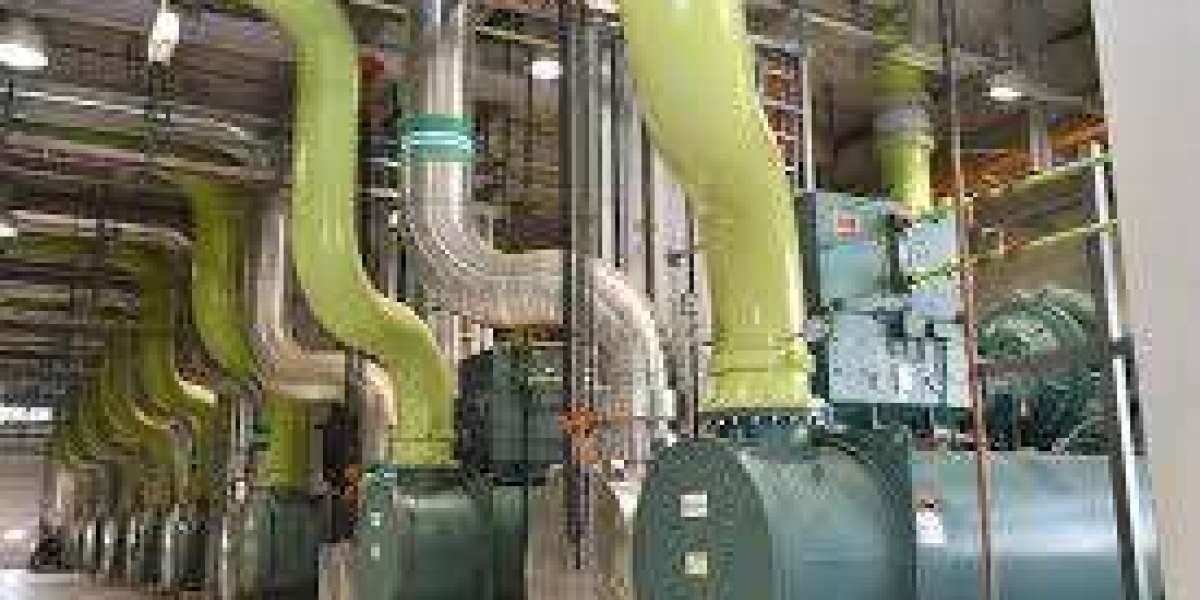The global Synchronous Condensers Market is evolving rapidly, spurred by continuous technological innovation and the growing need for power system stability. A key driver behind this transformation is the emergence of hybrid configurations and advancements in synchronous compensator design. As the energy transition accelerates globally, these innovations are addressing grid integration challenges associated with renewable energy sources, aging infrastructure, and the retirement of traditional synchronous generators.
The Evolving Role of Synchronous Condensers
Synchronous condensers are rotating machines that provide essential grid support functions, including reactive power compensation, voltage regulation, short-circuit power contribution, and inertia support. Unlike static devices, they possess a spinning mass that helps maintain system frequency during disturbances, making them crucial assets in the transition to a low-inertia grid.
Traditionally used in power systems dominated by thermal power plants, the role of synchronous condensers has been revitalized by the decarbonization of the energy mix. As inverter-based renewable energy systems replace conventional generators, the inherent lack of inertia and fault current capabilities poses significant operational challenges. Synchronous condensers are increasingly being deployed to fill this gap.
Rise of Hybrid Configurations
One of the most transformative trends in the market is the development of hybrid configurations—integrated systems combining synchronous condensers with other technologies to provide enhanced grid services. These hybrid systems are particularly effective in responding to complex grid stability requirements.
1. Synchronous Condenser + STATCOM (Static Synchronous Compensator):
This combination offers a powerful blend of dynamic and fast-acting reactive power support. While STATCOMs can respond almost instantly to voltage fluctuations, synchronous condensers provide mechanical inertia and fault current support. The synergy between these two devices enables superior voltage control and frequency stability, making hybrid systems ideal for grids with high renewable penetration.
2. Synchronous Condenser + Battery Energy Storage:
Integrating energy storage with synchronous condensers enhances the versatility of the system. Batteries can provide rapid frequency regulation, load balancing, and backup power, while synchronous condensers deliver grid strength and fault ride-through capabilities. Such integrated setups are being explored in pilot projects in regions like Australia and the United States, where renewable energy sources are widely deployed.
Developments in Synchronous Compensator Technology
Synchronous compensators, often used interchangeably with synchronous condensers, refer specifically to machines operated without a prime mover, typically to provide reactive power and inertia. Technological improvements in this area are enhancing the performance and deployment flexibility of these systems.
1. Retrofitting Legacy Equipment:
One of the cost-effective innovations involves converting old synchronous generators from retired coal or gas power plants into synchronous compensators. This retrofit strategy is gaining momentum in regions with decommissioning thermal fleets, enabling utilities to repurpose existing assets to provide essential grid services without the expense of new equipment.
2. High-Efficiency Cooling Technologies:
Advances in cooling systems, such as hydrogen and water-cooled designs, are allowing synchronous compensators to operate at higher power ratings with improved efficiency and reduced footprint. These innovations are especially relevant for high-capacity applications in dense urban grids or large-scale renewable integration points.
3. Modular and Transportable Designs:
New developments in compact and modular synchronous condenser units allow for easier transportation, installation, and scalability. These systems are particularly beneficial for remote grid applications, temporary installations, or expanding infrastructure in developing regions.
Key Market Players and Innovation Landscape
Several major companies are leading the charge in developing innovative synchronous condenser and compensator technologies. Notable names include:
GE Vernova: Known for modular designs and retrofit capabilities
Siemens Energy: Pioneering hybrid systems with STATCOM integration
ABB: Leading in digital control integration and high-capacity solutions
WEG: Expanding in Latin American and Asia-Pacific markets with scalable systems
Eaton and Voith: Contributing to advancements in retrofitting and component durability
These players are actively investing in R&D to develop intelligent, efficient, and future-proof synchronous condenser systems capable of addressing evolving grid challenges.
Market Outlook Through 2030
The synchronous condensers market is forecasted to grow at a robust pace through 2030, supported by:
Accelerating renewable energy deployment
Retirement of conventional power generation assets
Need for voltage and frequency stabilization
Increasing demand for hybrid and flexible grid technologies
Government initiatives for grid modernization and decarbonization
North America and Europe are expected to continue leading the innovation and deployment of advanced synchronous condenser systems. However, the Asia-Pacific region is anticipated to exhibit the fastest growth, driven by rapid industrialization, electrification, and renewable capacity additions in countries like India, China, and Southeast Asian nations.
Conclusion
The global synchronous condensers market is undergoing a transformative phase marked by technological advancements and the rise of hybrid configurations. As power systems become more complex and decentralized, the need for dynamic, resilient, and multifunctional grid support technologies becomes critical. Synchronous condensers, especially when combined with STATCOMs, batteries, and intelligent control platforms, are proving to be indispensable in building the grid of the future.
Through continued innovation and strategic investments, synchronous condensers will remain at the forefront of ensuring stability, reliability, and efficiency in increasingly renewable-driven energy landscapes.








